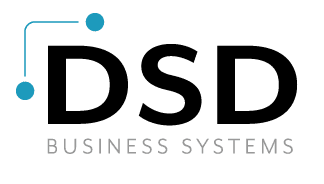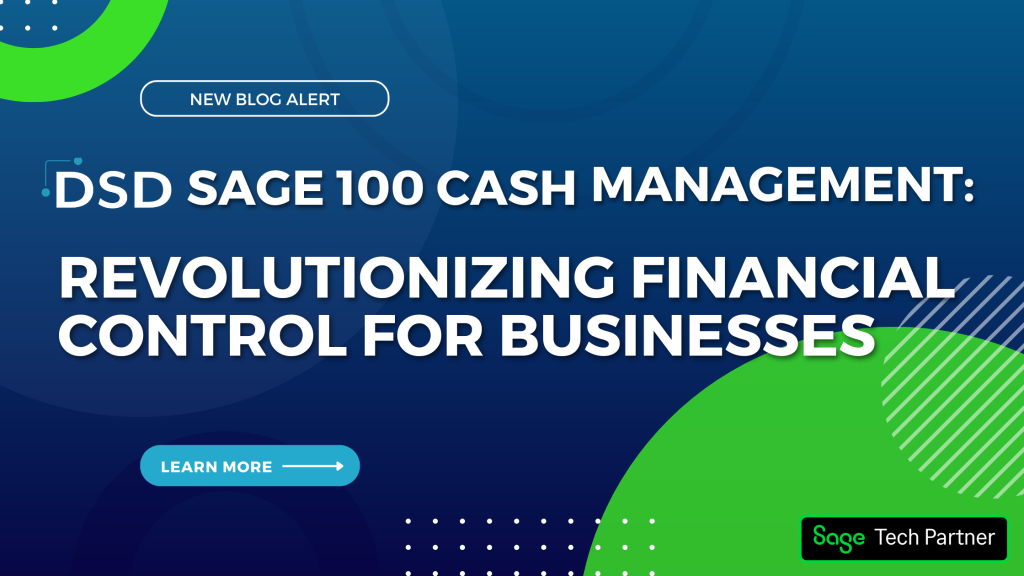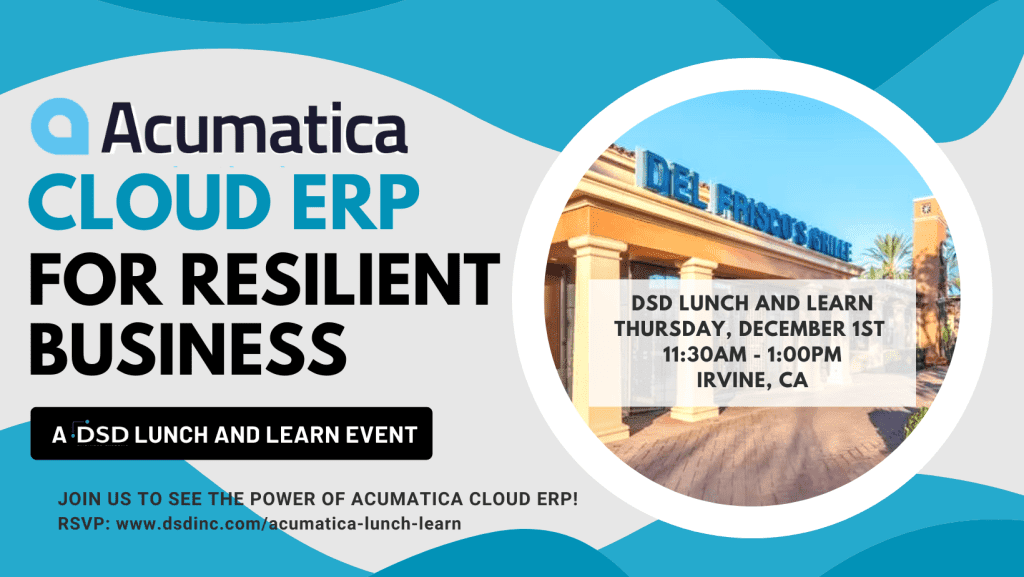Sage MAS 90 vs. Sage MAS 200
Blog by Doug Deane
Sage MAS90 and Sage MAS200 are identical products in term of features and functionality. That is, once a user has logged in to either MAS 90 or MAS 200, they cannot discern which one they’re using. The differences lie in what’s going on in the background. MAS 200 uses a “thin” client/server architecture, which means that the amount of data being transferred back and forth to the end-user’s workstation is greatly reduced as compared to MAS 90.
MAS 200, only the screen updates are passed back and forth between the workstation and the server, which means that all the work is being done by the server, and virtually none is being done by the workstation itself. So, on the plus side, MAS 200 makes slower workstations perform acceptably well (as long as they meet the MAS 200 workstation memory requirements) and MAS 200 works exceptionally well in a distributed processing environment, where users on the other side of the country or the world need real-time access to the enterprise database. MAS 200 is also considered by most IT experts to have stronger data security and integrity protections than MAS 90 running on a local network.
Because of these advantages, MAS 200 user licenses simply cost more than MAS 90 user licenses. There is little difference in the cost of a MAS90 server vs. a MAS 200 server and other hardware and system requirements are not significant enough for there to be a substantial price difference. So the burning question is – Why would someone purchase MAS 200 despite its higher cost?
First of all, let’s talk about that cost difference. The MAS application modules themselves are identically priced between MAS 90 and MAS 200, and it is only the user licenses that are priced differently. A 10-user MAS 200 system will cost about $7,800 more than an identically configured MAS 90 system, but many IT professionals feel that the difference in cost is a small price to pay for the improved security and data integrity. Of course, the price difference increases as the number of users increase.
Steve Iwanowski, IT Consultant for NextStep Technology Advisors says, “With regards to MAS 200, the big reason we prefer MAS 200 over MAS 90 is data integrity. If MAS 90 is loaded on a network, it seems to act like our canary-in-a-coal-mine for network problems; we’ll start chasing symptoms that end up being caused by silly things like bad cables or long cable runs. We never have these issues with MAS 200. Also, most of our clients are slowly replacing their PCs with laptops, which they want to run wirelessly, and MAS 90 struggles more than MAS 200 over Wi-Fi.”
“If Citrix is already available, then MAS 90 is a good alternative, although we start to draw the line at ten users for network utilization and general stability reasons. I admit that I don’t have any hard numbers to prove why ten seems to be a magic number for us but anecdotally, we’ve had a few clients that if one person locked up MAS 90 on Citrix, then all MAS users (Citrix or not) start to have issues. The only work around for that was to reboot the MAS server. “
“All that being said, I guess it all comes down to how much risk the client is willing to tolerate. Our preference is to follow the best practice of putting MAS on its own server, and as most of our clients are still heavily PC-focused, we feel MAS 200 is the safer choice. And if you already have MAS on its own server, you might as well go with MAS 200 so that you can use the server’s horsepower to run it.”
So, MAS 90 is a good choice for systems of 10 users or less, particularly when there’s not a large number of users who are located remotely from the main server. But when one or two remote users are needed, many IT professionals recommend Microsoft Remote Desktop instead of Citrix. John Broadfoot, a MAS expert at Parsec Computers, has this perspective on remote access to Sage MAS 90 systems:
“I use a windows terminal server client (Microsoft Remote Desktop) to do remote work on client MAS 90 systems regularly. The Remote Desktop Client is built in to most all Microsoft operating systems including servers. Microsoft Servers all appear to support two Terminal Server sessions that can be used by Remote Desktop Client to attach for Maintenance work.”
“Most of the business workstation operating systems will support a single Terminal Server session and I use this feature to work on my workstation from home or when traveling. Microsoft makes versions of their Server Operating Systems that can be licensed to handle far more Remote Desktop Client attachments. We have a number of clients who have a Microsoft Terminal Server setup and run most of their users on it. Some don’t even have PCs for the workstation. They use Windows Terminals instead.”
“There is a similar more advanced environment which does the same thing and more from Citrix; however it is more expensive.”
“Terminal services from either Microsoft or Citrix are supported for MAS 90 and 200. The supported platform matrix discusses this.”
“For any end-user environment, it is possible to have a single physical server with both a virtual MAS 90 Server and a virtual Terminal Server to act as workstations for remote or local MAS users. The virtual part is unnecessary from the MAS viewpoint because Sage does support putting MAS 90 (not 200) directly on the terminal server.”
“On those systems we maintain remotely via Terminal Services, we have protections in place that allows us access only to the machine we need using a private port scheme.”
Steve Iwanowski added this information about an interesting alternative to Citrix or Terminal Server for remote access:
“Every Microsoft Small Business Server 2003 (or newer) has a feature built-in called Remote Web Workplace, which allows users to connect to their PC at work via the web (no VPN, terminal server, or special software required). I always considered it the “killer app” of SBS since it essentially replaces software like pcAnywhere, VNC, or LogMeIn, but it never got the recognition it deserved.”
———————————–
Doug Deane is President of DSD Business Systems, a national provider of on-demand (cloud) and on-premises ERP and CRM software, specializing in wholesale distribution, manufacturing, warehouse management, inventory, business intelligence and eCommerce software. DSD offers Sage 100 (formerly MAS 90), Sage 300 (formerly Accpac), Sage 500 (formerly MAS 500), NetSuite, Sage FAS, Sage HRMS (formerly Abra), Sage CRM, Sage SalesLogix, Extended Solutions, and Custom Programming.




